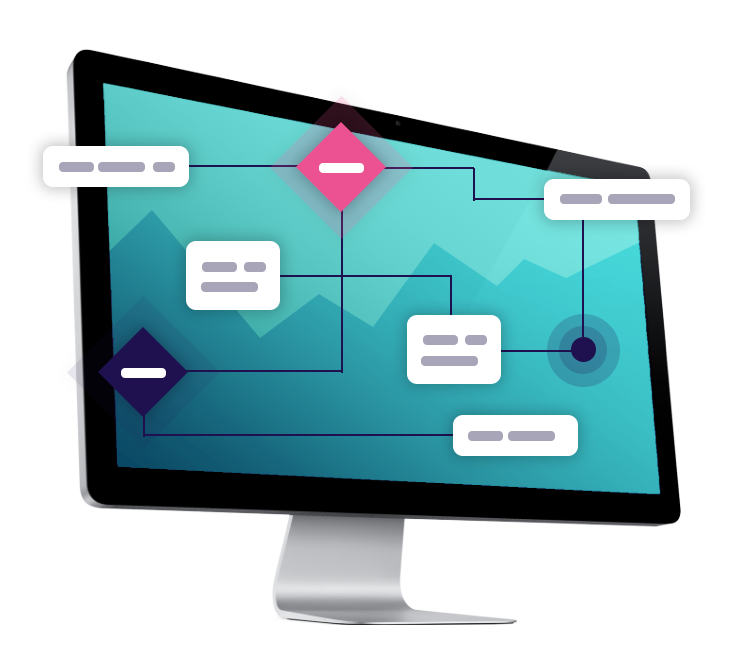Risk Analytics To Modernizing Banking
Invisible consumers have left banks with a large, unexplored market. Individuals without enough of a credit history to generate an official score are extremely difficult to serve through traditional means, limiting the economic mobility of those consumers and preventing banks and credit unions from reaching them. Modern banking services are emerging to resolve this problem, providing key visibility into consumer activities and making it possible to measure credit risk without traditional scoring data.
The core problem of credit invisibility
The consumer Financial Protection Bureau recently released its report on credit invisibility in the U.S.. The study found that most of the credit invisibility population is in urban or rural areas. In urban regions, credit invisibility is tightly linked to economic situation, but that is not the case in rural communities. However, the data found that access to branch banks and other physical locations to banking isn’t a major contributor to credit invisibility. Instead, the issue is more a result of consumer attitudes toward banking and the funds they have available to put into accounts.
“Alternative credit scoring is key to reaching consumers who don’t fit into traditional services.”
In light of this data, a Consumer Finance Monitor report highlighted a few broad policy changes that could come as a result. In particular, the news source highlighted a strong need to encourage the use of alternative credit scoring in order to better reach consumers who don’t fit into traditional services.
Looking at banking’s future in light of credit invisibility
The scale of the credit invisibility problem highlights the importance of modern banking solutions. Implementing risk analytics solutions, for example, is critical in bringing alternative data sources into the fold to reach varied consumer groups.
This use of analytics highlights just how much banking is changing. Financial services firms are increasingly moving beyond simply deploying digital tools and beginning to think about how they can transform their core service models around data-driven processes and capabilities. For example, a report from The Financial Brand pointed to deeper use of transactional data to gather information from diverse sources and better serve consumers as they pursue day-to-day activities.
Using risk analytics to modernize banking
Risk analytics technologies set a foundation for sustained innovation by taking full advantage of what data can offer financial services firms. These solutions bring together diverse data sets, both structured and unstructured, to enable firms to access critical information about users. In the context of invisible consumers, banks can use social media information, transactional data and similar types of information to evaluate risk and even develop new types of credit scores.
Leading risk analytics platforms, such as our solution here at GDS Link, are designed to be fully modular, letting you identify which services align with your immediate strategies and put them into place. From there, you can solve pain points and create value, gradually growing your analytics practices as you update your services. Contact us today to learn more about how we can help you in both identifying and serving invisible consumers.
Related Banking Articles
- Bank vs. Non-Bank Lending: Threats Facing These Institutions
- The Benefits and Risks of Mobile Banking
- 10 Key Benefits of Digital Banking for Users
- How Banks & Credit Unions Need to Treat Fraud Management in 2022
- Digital banking: Opportunities and Challenges
- The (real) opportunities for the banking industry post-COVID-19
- How Bank Marketing Must Adapt to Modern Lending Consumers
- Reach a Wider Customer Base with Bank Transaction Data










